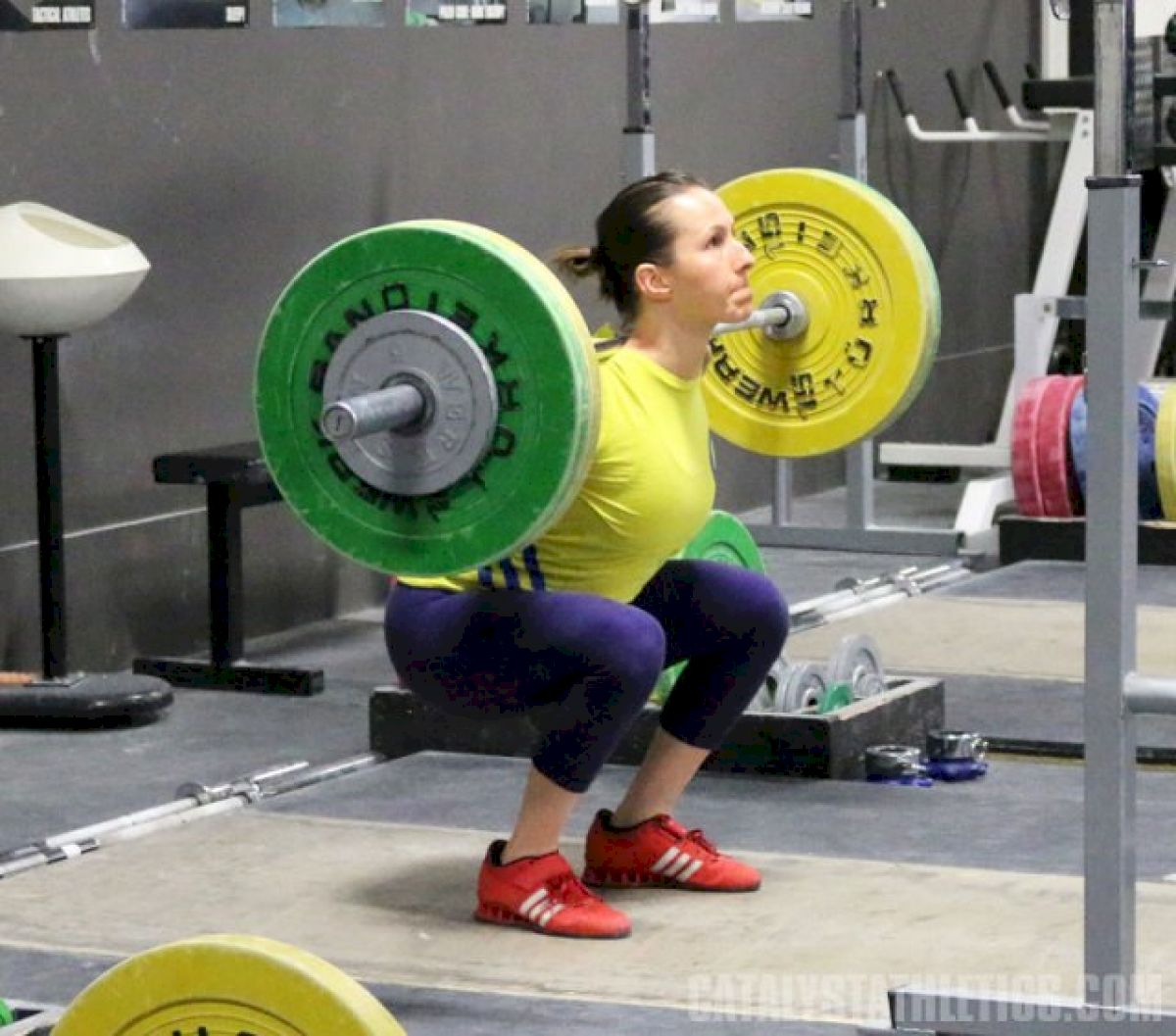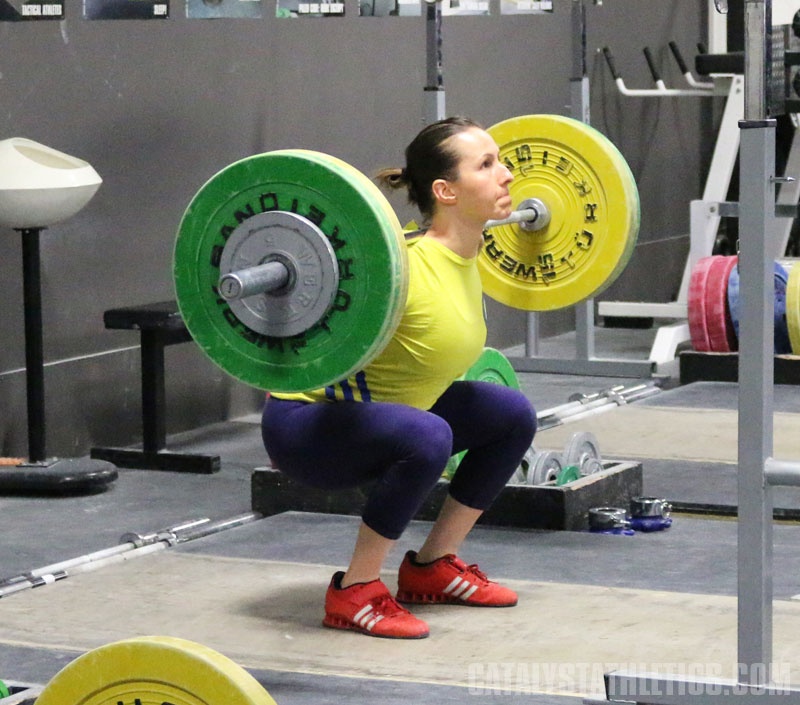Exercise Variation Is A Necessity In Daily Training
Exercise Variation Is A Necessity In Daily Training

Greg Everett is the coach of the Catalyst Athletics weightlifting team and author of the most popular book on weightlifting, Olympic Weightlifting: A Complete Guide for Athletes & Coaches. In this week's technique focus, Everett stresses the importance of varying exercises in your training program, in order to avoid the point in which athlete's bodies grow too accustomed to the exercises, ceasing to build muscle, and thus, fail to improve.
When we’re talking about training in more of an athletic vain, it’s rare to train to failure. This is generally considered ineffective and even counterproductive. Whereas with bodybuilding, the basic idea is to create significant damage to the muscle and then allow morphological supercompensation, athletes are interested primarily in qualities like strength, power and speed more than hypertrophy. When hypertrophy is a goal, more bodybuilding-esque training is often included, and this may involve exercises done to failure or nearly so with less frequency.
When we’re talking about training in more of an athletic vain, it’s rare to train to failure. This is generally considered ineffective and even counterproductive. Whereas with bodybuilding, the basic idea is to create significant damage to the muscle and then allow morphological supercompensation, athletes are interested primarily in qualities like strength, power and speed more than hypertrophy. When hypertrophy is a goal, more bodybuilding-esque training is often included, and this may involve exercises done to failure or nearly so with less frequency.
The rest of the training will still remain focused on athletic qualities. You’re able to walk every day, which is a leg exercise, without detriment. Why? Because it’s such a common, frequently performed “exercise” that your body is entirely accommodated to it and it has virtually no effect anymore. This same thing can and does happen with any other exercise to some extent. If an athlete squats the same weight with the same volume every day, eventually (surprisingly quickly, in fact), it will cease to cause soreness or even much fatigue. When you’re training in a way that involves many similar movements frequently, you develop not only this foundation of accommodation, but the ability to recover more rapidly (again, this isn’t taking the same exercise to failure every day, and certainly not with heavy full-body lifts).

So if you look at a week for a weightlifter, for example, nearly invariably he or she will squat every day in one way or another; this may be actually doing front or back squats every day, or it will be a combination of exercises that involve a squat such as squats, cleans, snatches, etc. These are all “leg exercises”, but aside from the athlete having the ability to manage frequent training and recover more quickly than an untrained individual (or one used to training by the protocol you describe), the exercises vary in a number of ways, from the actual movement to the loading to the reps to the total volume. It’s this modulation that helps makes it possible to train like this.